#blog: literature
Text
LGBT literature of the 1860s–1910s. Part 5
After a long pause, the list is back! Here we have a couple of plays, accounts by two trans women, lesbian poetry, and more.
1. Despised and Rejected, by A.T. Fitzroy (Rose Allatini; 1918). A pacifist novel published during World War One? With gay and lesbian characters? Yes, that was sure to get people in trouble. Its publisher was fined and the judge called it “morally unhealthy and most pernicious”. So, Dennis is a young composer who hates violence and therefore refuses to go to war. He also suffers because he is a “musical man”, that is, gay, and loves Alan, art-loving son of a wealthy businessman. His friend Antoinette, meanwhile, is “strangely attracted” to a woman. Nevertheless, the two attempt to love each other. When the war begins, Alan appears in Dennis’ life again, and they try to avoid being sent to the front together. Alan also persuades Dennis to accept who he is. Edward Carpenter himself defended the novel, saying that “the book is also a plea for toleration of a very much misunderstood section of humanity”.
Read online
2. Autobiography of an Androgyne, by Ralph Werther (1918). Ralph Werther, also known as Jennie June, wrote this autobiography for doctors, and it is very revealing. Being a New York fairy (male prostitute) and possibly a trans woman, they tell frankly about the city’s gay underworld of the early 20th century and their personal experience, which is sometimes too frank and dark perhaps, but all the more interesting.
Read online
3. Poems by Mikhail Kuzmin. Kuzmin was not just the author of Russia’s first gay novel, but also a poet. Many of his works were dedicated to or mentioned his lovers. I’d recommend Where Will I Find Words (in English and Russian), Night Was Done (both in English and Russian), from the 1906-1907 collection Love of This Summer (available fully in Russian), mostly based on his love affair with Pavel Maslov in 1906. And also If They Say (in English and Russian), which is a great statement.
4. The Loom of Youth, by Alec Waugh (1917). A semi-biographical novel based on Evelyn Waugh’s older brother’s experience at Sherborne School in Dorset. It is a story of Gordon Caruthers’ school years, from the age of 13 to 19, and it is full of different stories typical for public schools, be it pranks and cheating exams or dorm life and sports. Although the homosexual subject was quite understated, the author implied that it was a tradition and open secret in public schools. The book became popular and soon caused a great scandal. Worth noting that before that Alec was expelled for flirting with a boy.
Read online
5. Two Speak Together, by Amy Lowell (1919). Lowell was a famous American poet and lesbian. Many of her poems were dedicated to her lover, actress Ada Dwyer Russell, specifically the section Two Speak Together from Pictures of the Floating World. These poems are infused with flower imagery, which wasn’t uncommon for lesbian poetry of the time.
Read online
6. De berg van licht/The Mountain of Light, by Louis Couperus (1905-1906). Couperus is called the Dutch Oscar Wilde for a reason: this is one of the first decadent novels in Dutch literature. It is also a historical one, telling about a young androgynous Syrian priest Heliogabalus who then becomes a Roman Emperor. Homoerotism, hedonism, aestheticism: Couperus creates a very vivid world of Ancient Rome. He also covered the topic of androgyny in his novel Noodlot, which was mentioned in Part 3 of this list.
Read online in Dutch
7. Frühlings Erwachen/Spring Awakening/The Awakening of Spring, by Frank Wedekind (1891, first performed in 1906). This play criticized the sexually oppressive culture prevalent in Europe at the time through a collection of monologues and short scenes about several troubled teens. Each one of them struggles with their puberty, which often leads to a tragic end. Like in The Loom of Youth, homosexuality is not the central focus of the play, but one character, Hänschen, is homosexual and explores his sexuality through Shakespear and paintings. The play was later turned into a famous musical.
Read online in German or in English
8. Twixt Earth and Stars, by Radclyffe Hall (1906). Though it wasn’t known to many at the time, these poems were dedicated to women, some to Hall’s actual lovers.
Read online
9. The Secret Confessions of a Parisian: The Countess, 1850-1871, by Arthur Berloget (published in 1895). This account is similar to the Autobiography of an Androgyne, albeit shorter. The author nowadays is thought to be a trans woman. They describe their love for women’s dresses, the euphoria from wearing dresses, makeup and wigs, the life as a “female impersonator” in Parisian cafe-concerts, and their love affair with a fellow prisoner. The autobiography is not available online, but you can read it in Queer Lives: Men’s Autobiographies from Nineteenth-Century France by William Peniston and Nancy Erber.
10. At Saint Judas’s, by Henry Blake Fuller (1896). This is possibly the first American play about homosexuality. It is very short. An excited groom is waiting for his wedding ceremony in the company of his gloomy best man. They are former lovers, and this short scene is not going to end well…
Read online
Previous part is here
#lgbt literature#lgbt fiction#queer history#queer fiction#lesbian literature#russian literature#gay literature#gay history#spring awakening#lesbian history#blog: history#blog: literature
260 notes
·
View notes
Text
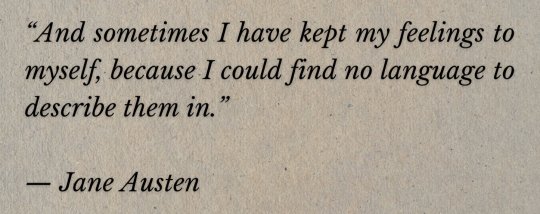
#jane austen#dark academia aesthetic#academia aesthetic#chaotic academia#classic academia#light academia aesthetic#dark academia#soft academia#romantic academia#study motivation#studyspo#studyinspo#studying#study aesthetic#study notes#study space#studygram#study blog#light academia#classic literature#poetry#art academia#art#books#libraries#book quotes#literature quotes#deep quotes#life quotes#relatable quotes
40K notes
·
View notes
Text
behind every hot girl is a tbr of 100+ books
#relatable#positivity#positivity blog#light academia#classic academia#romantic academia#dark academia#light academia aesthetic#chaotic academia#cottage academia#dark academic aesthetic#books and poetry#book aesthetic#books and literature#bookaddict#booklr#bookblr#books#books & libraries#books and libraries#bookworm#bookshelf#book tbr#tbrbooks#june tbr#spilled pages#spilled words#spilled writing#spilled ink#spilled thoughts
17K notes
·
View notes
Text

“Mouthful of Forevers”, Clementine von Radics
#not mine#dark poetry#dark literature#vent poetry#poetry#tw trauma#trauma vent#emotional abuse#tw abuse#childhood trauma#daddy issues#borderline personality disorder#bpd blog#bpd vent#actually borderline#quiet borderline#deep quotes#dark academia poetry#classic literature
16K notes
·
View notes
Text






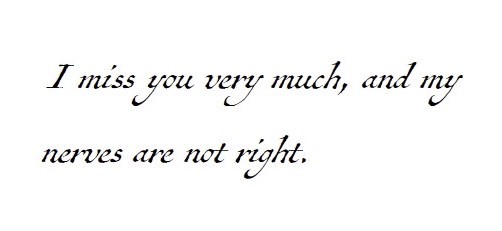
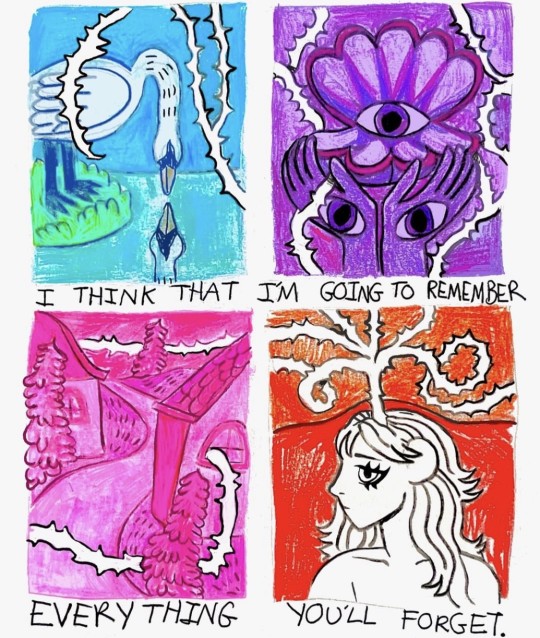


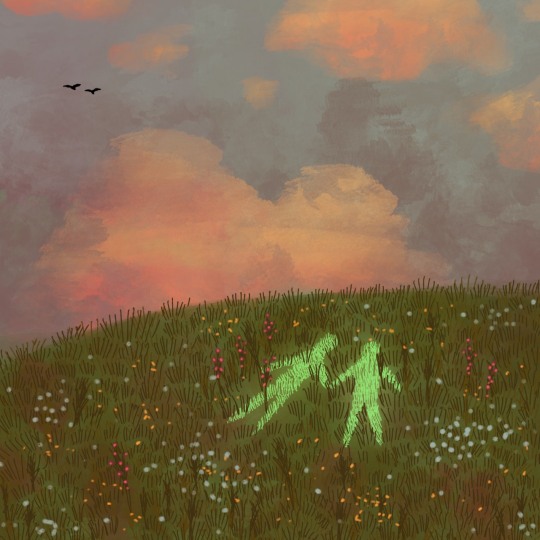

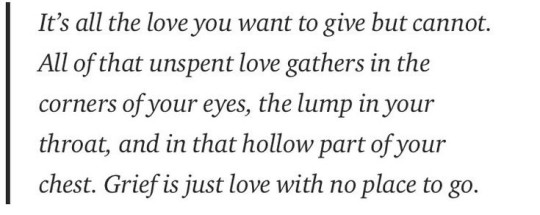
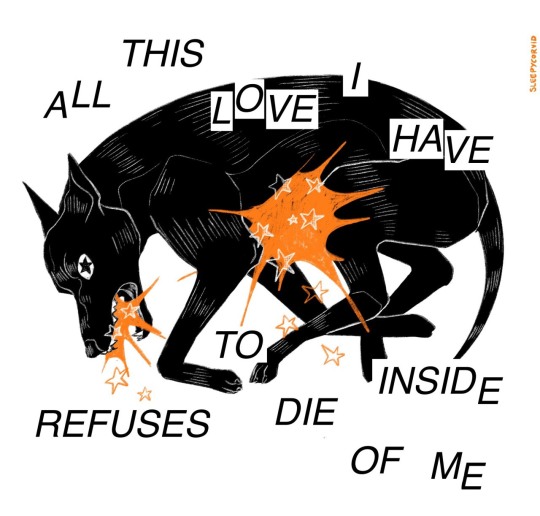

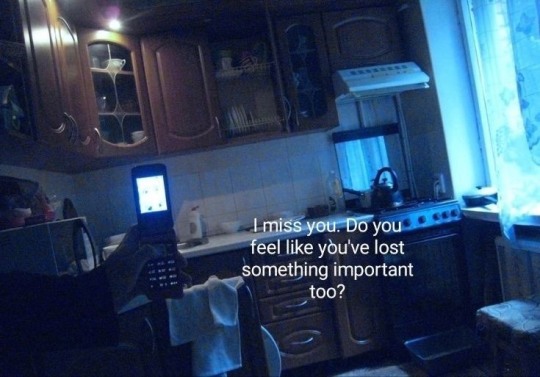

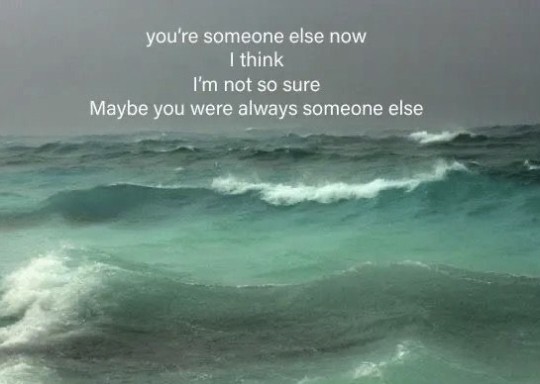


all this love i have refuses to die inside of me
pinterest / vonko magno on flickr / troye sivan, one of your girls / virginia woolf, a letter to vanessa bell, august 1908 / @hannahlockillustration on tumblr / sara luisa kirk, begin here / fyodor dostoevsky, a letter to anna gregorevna dostoevsky, may 1880 / archbudzar on instagram / jeanette winterson, lighthousekeeping (transcript under the cut) / caitlyn siehl / @wormbus-art on tumblr / jonathan safran foer, extremely loud and incredibly close / lidia yuknavitch, the chronology of water: a memoir / sleepy.corvid on instagram / @froody on tumblr / @borderlinejackiee on tumblr / always together 2, frrrankkky_art on instagram / andsome4747 on tiktok / arthur miller, the crucible / cheryl strayed, tiny beautiful things: advice on love and life from dear sugar
#art#aesthetic blog#poetry#literature#thoughts on life#writing#poem#post web#poetry web#web weavings#webweaving#web weaving#art parallels#photo parallels#parallels#virginia woolf#heartbreak#heartbroken#breakup#heartache#friendship#relationship#wlw#arts#postweb#aesthetic
2K notes
·
View notes
Text
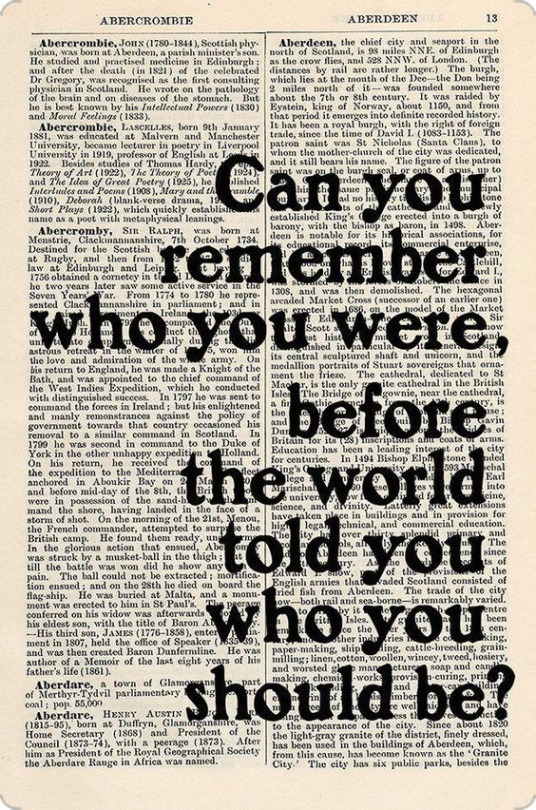
#dark academia#light academia#chaotic academia#classic academia#charles bukowski#words#and you run to catch up with the sun but it's sinking#quotes#quote#lit#literature#dark academia aesthetic#academia aesthetic#light academia aesthetic#soft academia#romantic academia#study motivation#studyspo#studyinspo#studying#study aesthetic#study notes#study space#studygram#study blog#classic literature#poetry#art academia#art
1K notes
·
View notes
Text
Life's not fair, i should be paid for existing and reading books
#words#classic literature#spilled words#writers#aesthetic#dark academia#poem#dead poets society#poetry#books and libraries#poesia#bookworm#booklr#books#bookish#book blog#booklover#books & libraries#book quotes#bookaholic#life quotes#quote#life#poems on tumblr#tumblr#poets on tumblr#writers on tumblr#tumblr girls#deadpoetsociety#deadlypoetacademia
6K notes
·
View notes
Text
I was not meant to hoe around. I was meant for soul crushing life long devotion
#girlblogger#girlhood#coquette girl#coquette dollete#pink blog#soft pink#manic pixie dream girl#female writers#deep love#poetscommunity#i love him#soft aesthetic#lana del ray aka lizzy grant#this is what makes us girls#soft girl#cinnamon girl#just girly thoughts#cool girl#poetic#dating#literature#writers and poets#beautiful quote#pastel#girly aesthetic#princesscore#princess treatment#pastel pink#pinkcore#cutecore
2K notes
·
View notes
Text
The Ultimate Dark Academia Book Recommendation Guide Ever
The title of this post is clickbait. I, unfortunately, have not read every book ever. Not all of these books are particularly “dark” either. However, these are my recommendations for your dark academia fix. The quality of each of these books varies. I have limited this list to books that are directly linked to the world of academia and/or which have a vaguely academic setting.
Dark Academia staples:
The Secret History by Donna Tartt
If We Were Villains by M.L. Rio
Dead Poets Society by Nancy H. Kleinbaum
Vita Nostra by Maryna Dyachenko
Dark academia litfic or contemporary:
Bunny by Mona Awad
The Idiot by Elif Batuman
These Violent Delights by Micah Nemerever
White Ivy by Susie Yang
The Cloisters by Katy Hays
Never Let Me Go by Kazuo Ishiguro
The Lake of Dead Languages by Carol Goodman
A Separate Peace by John Knowles
Black Chalk by Christopher J. Yates
Attribution by Linda Moore
Dark academia thrillers or horror:
In My Dreams I Hold a Knife by Ashley Winstead
The Maidens by Alex Michaelides
Ghosts of Harvard by Francesca Serritella
Catherine House by Elisabeth Thomas
Plain Bad Heroines by Emily M. Danforth
They Never Learn by Layne Fargo
The It Girl by Ruth Ware
Never Saw Me Coming by Vera Kurian
Dark academia fantasy/sci-fi:
Babel: An Arcane History by R.F. Kuang
The Atlas Six by Olivie Blake
Ninth House by Leigh Bardugo
A Lesson in Vengeance by Victoria Lee
The Starless Sea by Erin Morgenstern
Vicious by V.E. Schwab
A Discovery of Witches by Deborah Harkness
The Betrayals by Bridget Collins
Dark academia romance:
Gothikana by RuNyx
Alone With You in the Ether by Olivie Blake
Dark academia YA or MG:
Truly Devious by Maureen Johnson
A Deadly Education by Naomi Novik
Ace of Spades by Faridah Àbíké-Íyímídé
The Raven Boys by Maggie Stiefvater
Legendborn by Tracy Deonn
Crave by Tracy Wolff
Wilder Girls by Rory Power
The Harry Potter series by J.K. Rowling
Dark academia miscellaneous:
My Dark Vanessa by Kate Elizabeth Russell
Disorientation by Elaine Hsieh Chou
Alphabet of Thorn by Patricia A. McKillip
#dark academia#dark academia books#dark academia aesthetic#poc dark academia#light academia#chaotic academia#books and literature#book blog#ya books#books#book recs#book recommendations#the secret history#if we were villains#babel an arcane history#the atlas six#ninth house#legendborn#dead poets society#bookblr#bookstagram#academia#academic#bookish#vicious ve schwab#the maidens#the raven boys#vita nostra
10K notes
·
View notes
Text
She wanted flowers and music and enchantment and love,—
Willa Cather, Lucy Gayheart (1935)
#imagine my shock when i went looking for my willa cather tag and discovered there's nothing in it?!#what kind of blog am i running?#too many interests; i contain multitudes; etc etc#willa cather#lucy gayheart#literature
1K notes
·
View notes
Text
LGBT literature of the 1860s–1910s. Part 4
Well, it’s been a while. Here’s a new selection featuring three stories about love between students, lesbian poems, a comedy centered around a gay character, Proust's short story, and more
1. Bertram Cope’s Year, by Henry Blake Fuller (1919). Although this novel went unnoticed by its contemporaries, it is thought to be the first officially published American novel about homosexual men. It could be your perfect academia novel: Bertram, “no squire of dames”, is a self-conscious English teaching assistant at an Illinois university where he completes his thesis and tries to settle in life. Four women and three men are attracted to him, but Bertram is fond of “Dear Arthur”, his college friend Arthur Lemoyne who comes to live with him later. Interestingly, the story has a touch of comic and ironic, which was very rare for homosexual literature of that time.
[Read online]
2. Le Monsieur Aux Chrysanthèmes (The Gentleman of Chrysanthemums), by Armory (Carle Dauriac; 1908). This is the first modern play (and a society comedy at that) that has a gay man as its main character. The character is Gill Norvège, a critic and writer, who uses a young widow Marthe Bourdon to get money. Marthe is hopelessly in love with Gill and borrows 30,000 francs from a poet Jacques Romagne, who, in turn, is hopelessly in love with Marthe. And then Gill sees Jacques one day and falls in love with him.
[Read online in French or in English]
3. The Garden God: A Tale of Two Boys, by Forrest Reid (1905). Called “a classic of Uranian literature”, this story has it all: homoerotism, platonism, ancient gods and love at boarding school. In that school a fifteen years old Graham, who used to dream of friendship with a Greek god, meets Harold who looks exactly like that imaginary friend. But where there are gods there is also tragedy, so be prepared.
[Read online]
4. Poems by Sofia Parnok. Parnok was the first open lesbian in Russian literature. She was in a relationship with another famous Russian poet, Marina Tsvetaeva, as well as with some other women to whom she dedicated a number of poems. Often called the Russian Sappho, she often refers to Sappho in her poetry and also used her famous phrase, “Someone, I tell you, in another time will remember us”. Some of Parnok’s poems are translated and more is available in Russian.
5. Teleny, or The Reverse of the Medal (1893). Not the first, but one of the earliest examples of English-language homosexual erotic novels (though rather sophisticated), its author is unknown, but some believe that it was written by Oscar Wilde. Here we have a tragedy again, a tragic love between a Frenchman and a Hungarian pianist, to be exact. There’s also something literally queer going on, because the Frenchman, Des Grieux, has a telepathic connection with the attractive pianist, Teleny. Eventually they meet, and Teleny introduces Des Grieux to the underground homosexual world of Paris. Bonus: the novel has a comic adaptation, Teleny and Camille, by Jay Macy, and also a “prequel”, Des Grieux, written in 1899.
[Read online]
6. Anders als die Andern (Different from the Others), by Bill Forster (Hermann Breuer; 1904). The title is supposedly derived from a phrase that was popular among German gay men of that time, “We are, thank god, other than other people”. Herbert, the protagonist, falls in love with Ernst, the boy from his school. They go hiking together, and for some time they are close. But Ernst, although flattered by Herbert’s attention and feelings, rejects him twice, and it destroys Herbert’s life.
7. Avant la nuit (Before dark)by Marcel Proust (1893). A forgotten short story by Proust, written when he was only 22, despite what you might expect, tells about a lesbian woman. She is incredibly unhappy: she is in a relationship with a man, but wants to confess her true sexuality and suffers from her own dishonesty. Finally, she tells him the truth and asks for his compassion. In a way, this story defends homosexuality and explains why it cannot be condemned.
[Read online]
8. The Prussian Officer, by D. H. Lawrence (1914). Praised as a masterpiece of short fiction by some critics, this story is rather grim. A captain slowly becomes attracted to his young, simple orderly. However, he represses his feelings and, instead of showing any kind of affection, turns aggressive and humiliates the young man. And it is not going to end well.
[Read online]
9. Quelques Portraits-Sonnets de Femmes (Some Portrait-Sonnets of Women), by Natalie Clifford Barney (1900). One of the most famous lesbian poets of the 20th century, Barney wrote a chapbook of love poems to women that were so scandalous her father bought up all remaining copies and burned them. Two novels based on or about women’s affairs with Barney were also featured in previous chapters of this list. The book is not available online, but some poems can be found in English here and here.
10. The Intersexes: A History of Similisexualism as a Problem in Social Life, by Edward Prime-Stevenson (1906). Prime-Stevenson didn’t just write the first novel about gay men with a happy ending (featured in the previous part of the list), but also an interesting study, one of the earliest ones. Using science and history, he defenses homosexuality, which is why he is considered to be one of the first advocates for the rights of the LGBTQ community. A very progressive work for his time, it rejects the binary of masculine and feminine and insists that homosexuality is a natural result of human evolution.
[Read online]
P.s. Previous parts are collected here.
#lgbt literature#queer history#dark academia#lesbian literature#oscar wilde#russian literature#natalie clifford barney#marcel proust#lgbt history#gay literature#lesbian history#gay history#victorian era#blog: history#blog: literature
367 notes
·
View notes
Text
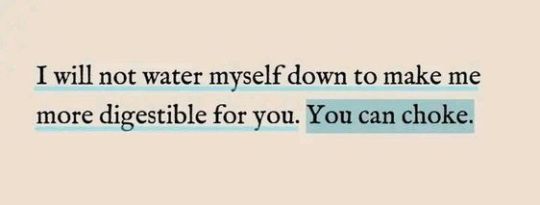
#dark academia aesthetic#academia aesthetic#chaotic academia#classic academia#light academia aesthetic#dark academia#soft academia#romantic academia#study motivation#studyspo#studyinspo#studying#study aesthetic#study notes#study space#studygram#study blog#light academia#classic literature#art academia#art#books#libraries#book quotes#deep quotes#life quotes#relatable quotes#bookblr#sarcasm#sarcastic
43K notes
·
View notes
Text
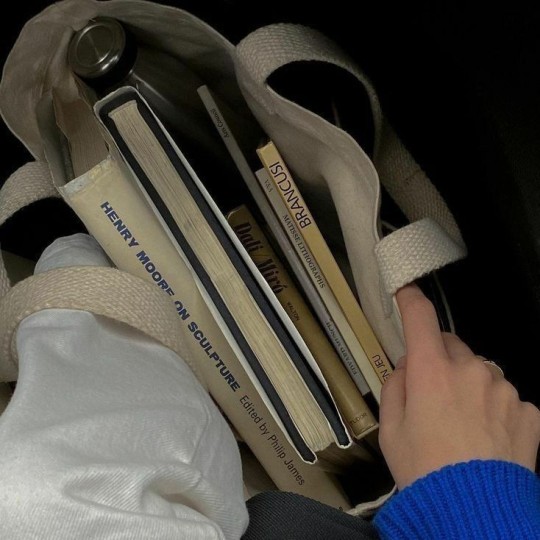
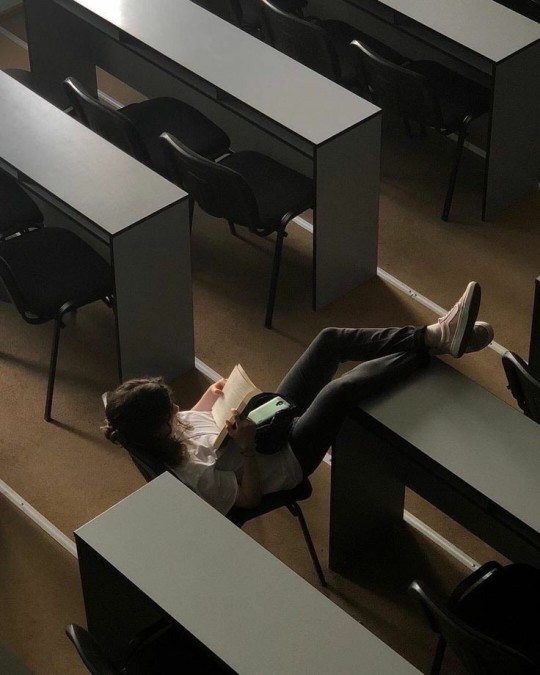
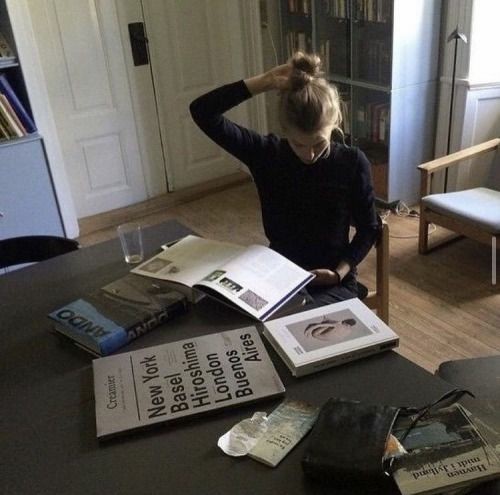

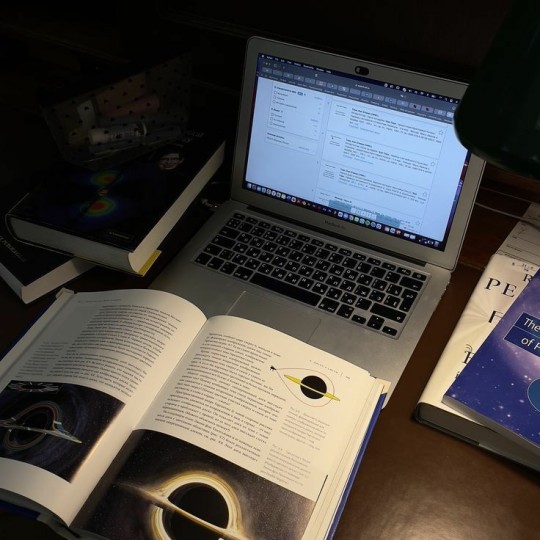
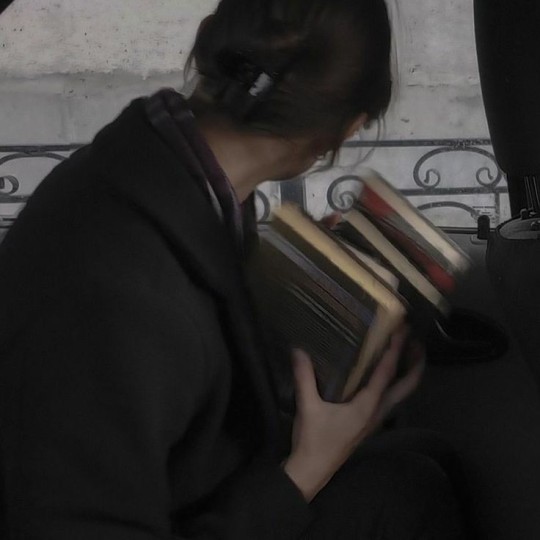
Academic girl
#study blog#studyblr#academic validation#dark academia#light academia#romantic academia#study motivation#students#study inspo#study aesthetic#studyspo#dark academia aesthetic#classic literature#literature#bookworm#bookblr#bookish#books and literature#books & libraries#school#studyspiration#light academic aesthetic#education#learning#college#university#dark academia books#academia aesthetic#books and reading#book aesthetic
12K notes
·
View notes
Text

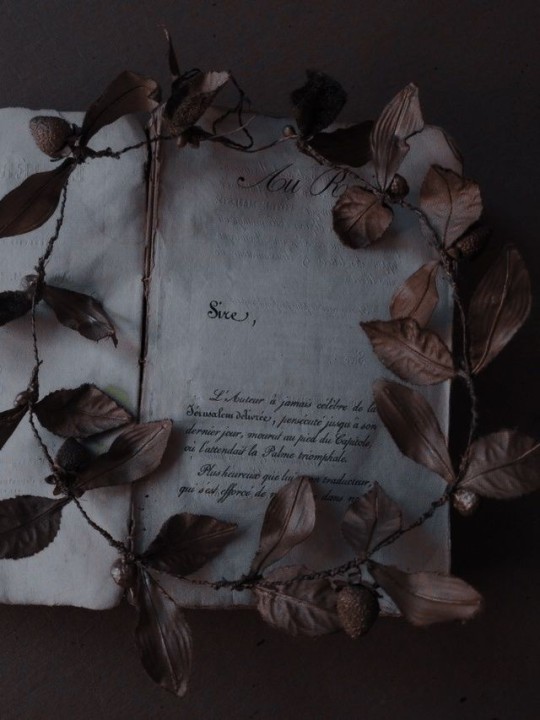

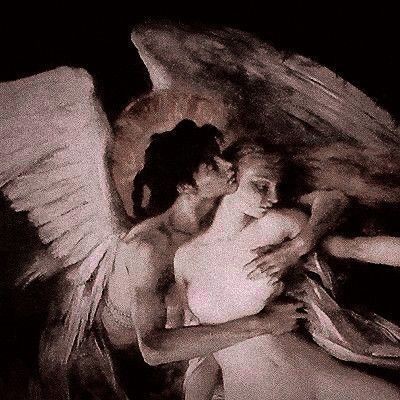
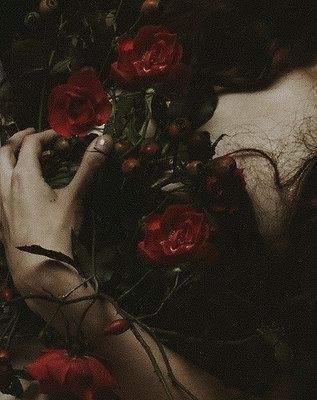
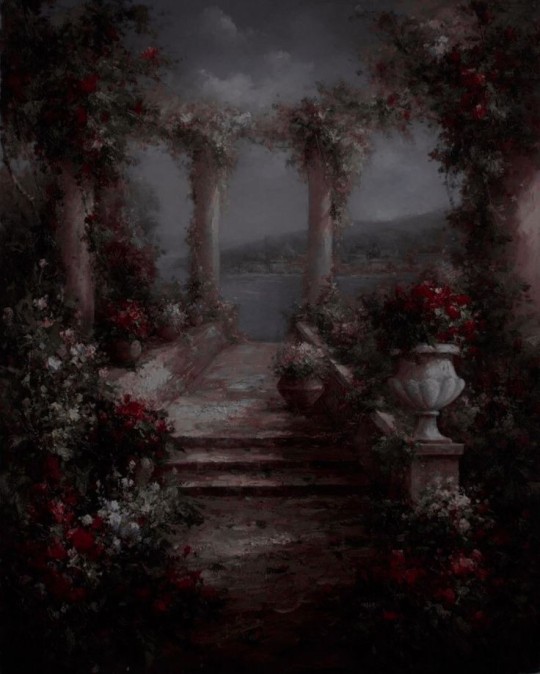

[ROMANTIC GOTH]
#aesthetic#moodboard#wallpaper#moodoftheday#blog#aesthetic moodboard#dark academia#2014 tumblr#dark aesthetic#dark cottagecore#romantic#my chemical romance#romance#romantic goth#gothic americana#renaissance art#gothic literature#gothic#goth#girlblogger#girlblogging#lana del slay#lana del rey#lana del ray aka lizzy grant#lizzy grant#renaissance faire
2K notes
·
View notes
Text

requested by matt-w-blogging
#Interpretation is for literature and spies. I say what I mean#gif#animatedtext#transparent#matt-w-blogging
2K notes
·
View notes
Text
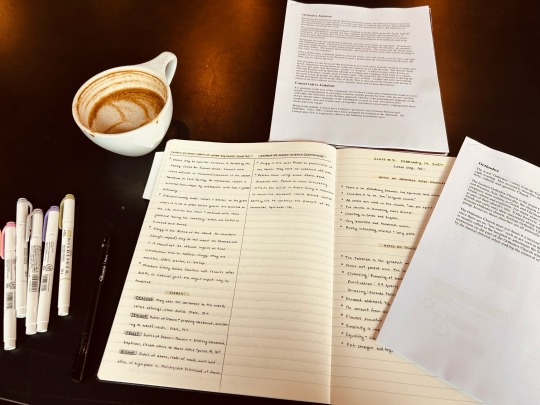
I’m rooting for everyone in the study-centric community~
#academia#bookworm#mortuary science#study motivation#studyblr#dark academia#studyspo#literature#dark acadamia aesthetic#uni life#light academia#studyinspo#study blog#study aesthetic#bookblr#books#intheobituaries
926 notes
·
View notes